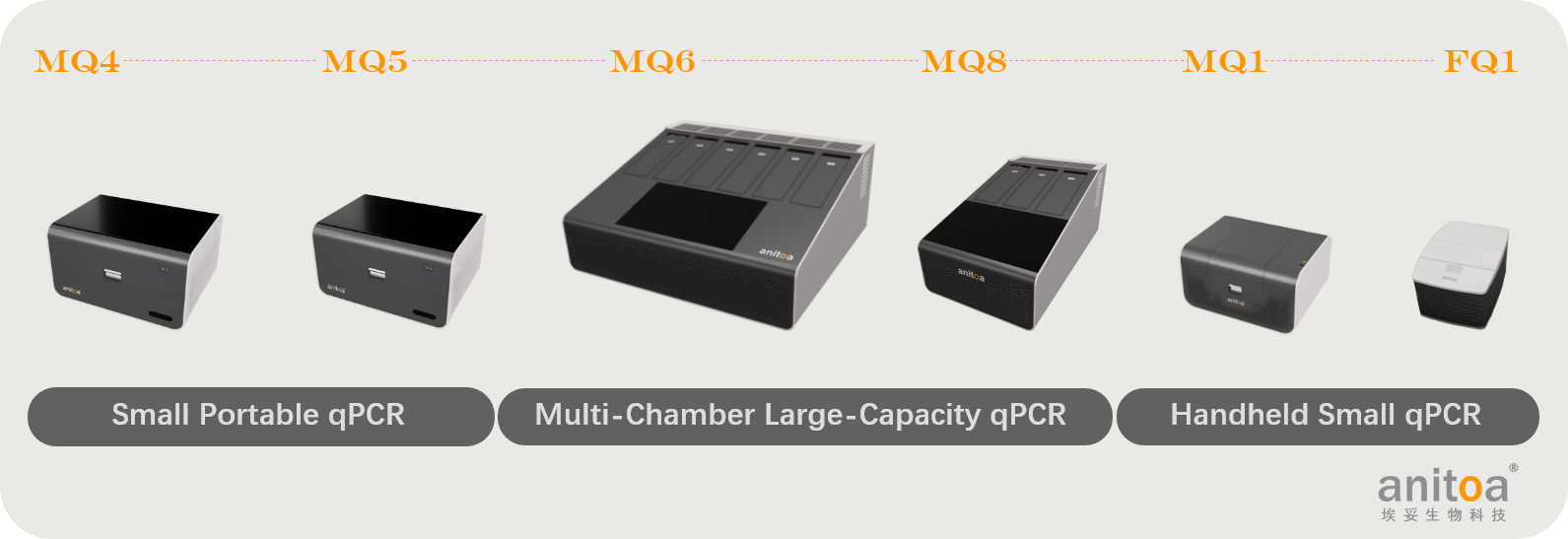The History and Evolution of qPCR Technology, and How Anitoa is Contributing to the Field
Polymerase chain reaction (PCR) technology was first developed in the mid-1980s by Kary Mullis. PCR is a technique used to amplify a specific segment of DNA through a series of temperature cycles that denature, anneal, and extend the target DNA. In the 1990s, new detection methods were developed that used fluorescent dyes or probes, which greatly improved the speed and accuracy of PCR analysis. This led to the development of quantitative PCR (qPCR), which enabled precise quantification of the starting material.
The Evolution of qPCR Technology
Initially, qPCR was performed using simple dyes, such as SYBR Green, that intercalated into the amplified DNA, causing fluorescence. Later, more advanced fluorescent probes were developed, such as TaqMan probes, which are designed to anneal specifically to the target DNA and release a fluorescent signal upon extension. Other types of probes, such as molecular beacons and Scorpions probes, were also developed.
The Advantages of qPCR Technology
qPCR has advantages over conventional PCR in terms of specificity, sensitivity, and quantification accuracy. The ability to measure the amount of DNA generated during the reaction at each cycle of the reaction allows for precise quantification of the starting material. This has led to a wide range of applications in fields such as medicine, environmental science, and forensics.
Anitoa's Contribution to qPCR Technology
Anitoa is a professional R&D and manufacturing company of molecular diagnostic qPCR instruments. Anitoa has independent intellectual property rights of core chip technology, optical technology, rapid heating, microfluidic control, and supporting reagents and other patented technologies. These technologies enable the instruments developed by Anitoa to be characterized by quick and easy small instruments, allowing the development of expensive and complex large PCR instruments into truly portable POCT products.
Anitoa has developed a range of qPCR instruments and reagents that are designed to be highly sensitive, accurate, and easy to use. These instruments and reagents are suitable for a wide range of applications, including pathogen detection, genetic testing, and gene expression analysis.
Conclusion
The development of PCR and qPCR technology has revolutionized molecular biology and clinical diagnostics. The advancements in qPCR technology have greatly improved the accuracy, sensitivity, and speed of nucleic acid detection. Anitoa's qPCR technology has enabled the development of portable POCT products that are highly sensitive, accurate, and easy to use, which allows for rapid and accurate diagnosis of diseases in the field. These products have the potential to improve healthcare outcomes in resource-limited or remote settings.
